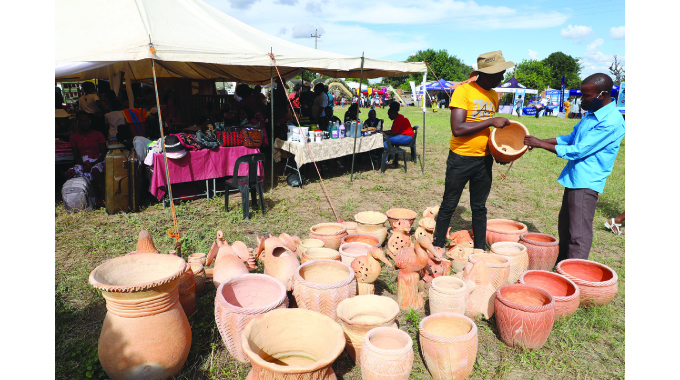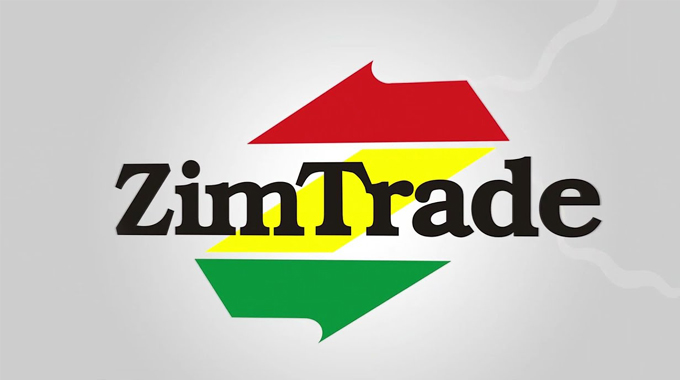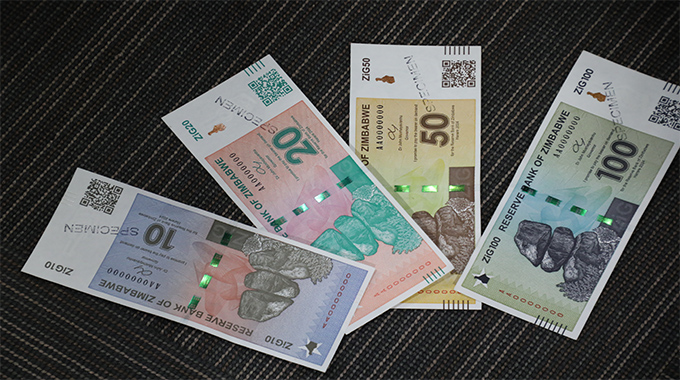ZimTrade connects Lupane art/craft cluster to export markets

Nqobile Bhebhe, Senior Business Reporter
THE country’s trade development and promotion agency, ZimTrade, is working with the Lupane art and craft cluster in identifying new markets as well as creating direct access to buyers in international markets such as Asia, Europe, and Middle-East.

ZimTrade
This is part of the ZimTrade cluster development programme, which complements the Government’s devolution programme and seeks to increase the contribution of all districts to the national economy.
To increase the contribution of all districts to national exports, ZimTrade says there is a need to identify areas they enjoy the competitive and comparative advantage, create as well as capacitate export-focused groups.
The art and craft sector represents an untapped opportunity with the potential to contribute to the growth of Zimbabwe’s exports.
Between January and August last year, the sector raked in US$5,2 million in export receipts.
Last week, ZimTrade held engagements with the crafts export cluster in Matabeleland North to develop a strategic business plan to guide the operations of the cluster.
In a written response to Business Chronicle, southern region manager Mrs Jacqueline Nyathi said the trading body is working with rural communities in developing their technical proficiency in handicrafts and standardising their output to meet international standards.
“In Matabeleland, we are capacitating local producers of arts and crafts with the expertise necessary to penetrate export markets.
The focus is on developing their technical proficiency in handicrafts and standardising their output to meet international standards,” she said.
The Lupane cluster covers five districts namely Lupane, Binga, Tsholotsho, Nkayi and Hwange.
“Conservative estimates that over 5 000 households will benefit, based on the current membership of the five districts’ craft centres.
This is the first programme and we are targeting to grow the cluster, based on successes and lessons learnt this year,” said Mrs Nyathi.
She said the cluster currently finds it difficult to access export markets, especially international markets.
To that end, ZimTrade is working on identifying markets for the cluster as well as creating direct access to buyers in international markets such as Asia, Europe, and the Middle-East.
“The cluster produces mainly ilala baskets and carvings from the participating districts.
These are mostly used decoratively around the world in upmarket homes, hotels and corporate spaces,” she said.
The ilala plant is an indigenous species in the western part of Zimbabwe and grows in the untapped Lupane woodland well known for its biodiversity that has vast economic benefits.

Global markets
ZimTrade has in the past done surveys in different global markets, which indicate that art and craft products could significantly boost Zimbabwe’s export earnings.
— @nqobilebhebhe












Comments